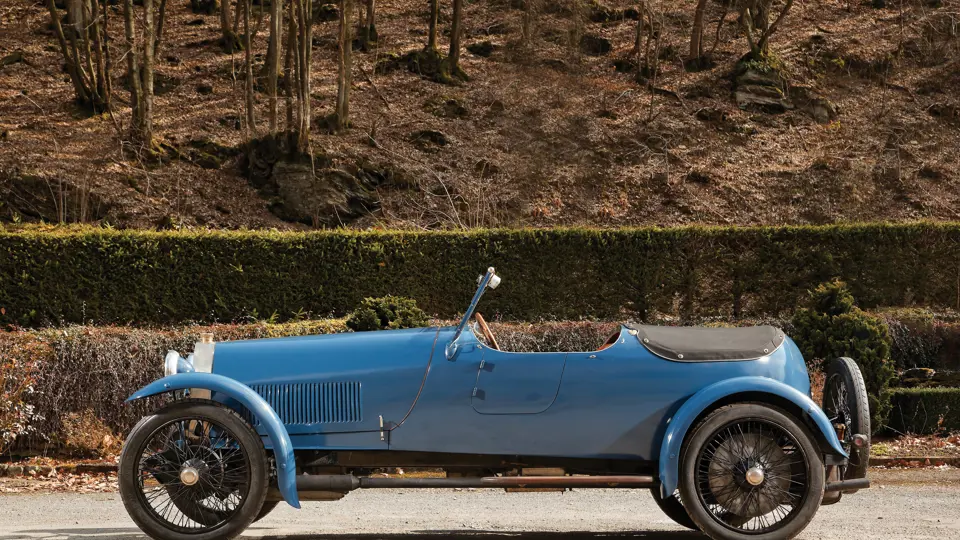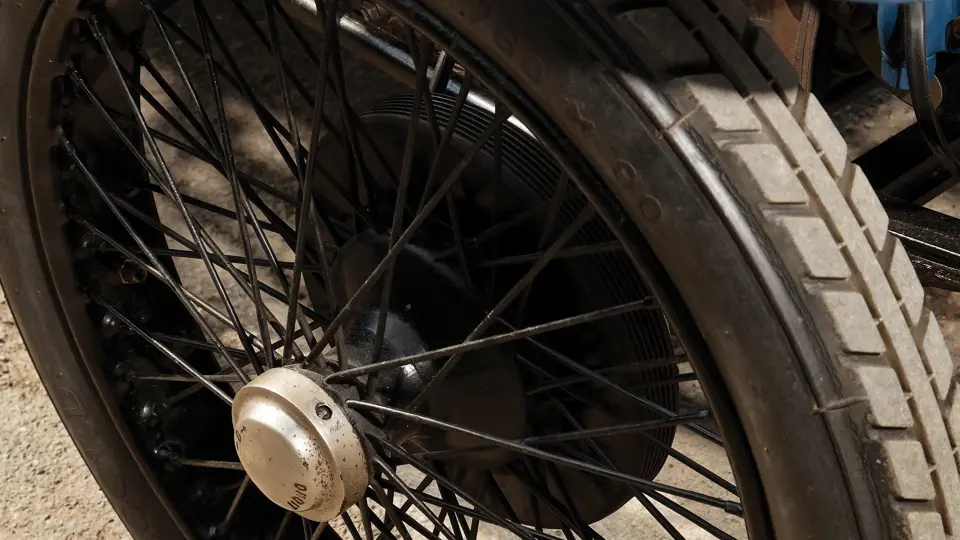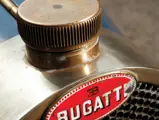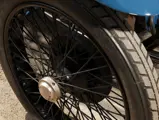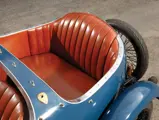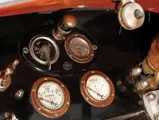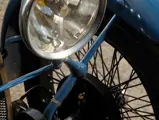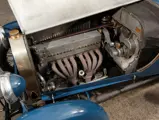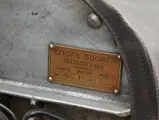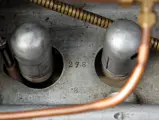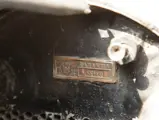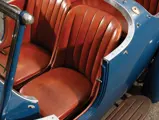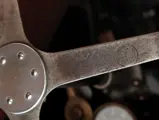
1924 Bugatti Type 30 Torpedo in the style of Lavocat et Marsaud
{{lr.item.text}}
€313,600 EUR | Sold
{{bidding.lot.reserveStatusFormatted}}
- Matching-numbers frame, gearbox, axles, engine block, firewall, and chassis plate
- Original front-wheel hydraulic brakes
- Striking sporting coachwork
- Formerly owned by Rosemary Burke
- Well-restored to drive fast, in the Bugatti tradition
100 bhp, 1,991 cc single overhead camshaft inline eight-cylinder engine, live front axle with semi-elliptic leaf springs, live rear axle with quarter-elliptic leaf springs, and four-wheel hydraulic drum brakes. Wheelbase: 2,850 mm (112 in.)
The Bugatti Type 35 remains the most successful racing car, in terms of overall number of victories, ever built. The heritage that led to that all-conquering model begins here, with the Type 30, the first eight-cylinder production Bugatti.
The Type 30 employed a lengthened version of the Type 23 “Brescia” frame, crowned by a 1,991-cubic centimetre engine fitted with a barrel-type crankcase beneath a pair of fixed-head cylinder blocks, surmounted by a single cambox, in which the overhead camshaft operated the valves by finger-type rockers to the two inlets and a single exhaust valve per cylinder. Carburetion was supplied by a pair of Zenith or Solex carburettors, whilst the ignition was initially by magneto; it was switched to a normal coil distributor on later cars. A fine four-speed gearbox with right-hand change lever and mesh gears, shifting through a wet multi-plate clutch, ensured the remarkably rapid gear change for which all Bugattis were renowned. The I-beam front axle was new and substantially constructed, and hydraulic front brakes were installed, with the rear drums considerably larger than those at the front.
Almost exactly 600 examples of the model were produced between 1922 and early 1926.
The Type 30 offered here is recorded in the Molsheim factory records as having been delivered with a frame and engine, 4289 and 278, respectively. At first intended for agents Bertrand y Serra, of Barcelona, it was instead delivered to Jarrott & Letts, of London, and it was equipped with the hydraulic front brakes and fitted, it is believed, with custom saloon coachwork.
The original saloon body was reportedly removed prior to World War II to build a racing car, but the war foiled those plans, and the chassis was hidden away until its discovery in the early 1980s by Vintage Sports Car Club officer Rosemary Burke, who acquired it from Jack Wade. The present coachwork, built to an original period design by Lavocat et Marsaud, was crafted for Burke by Roy Adnams, who also installed twin SU carburettors and a 15x54 rear differential for easy road driving. The car retains a period conversion to rear-wheel hydraulic brakes, meaning that this car, built in 1924, now has four-wheel hydraulic brakes!
Burke retained and regularly toured with her sprightly Bugatti until her passing, at which point it was sold through respected authority David Sewell to Graham Little. It then passed to Bruno Vendiesse and Philippe Hardy prior to its acquisition by the present owner. The car still presents extremely well, and it would still be ideal for swift, fun driving. Importantly, it retains not only its original frame and engine block, but also the gearbox, both axles, the firewall, and the chassis plate with which it was first supplied in 1924, as well as the extremely desirable Rudge-Whitworth beaded-edge wheels and hydraulic brakes with which it was originally equipped.
This is a splendid example of an original eight-cylinder Bugatti: the car that begat so much future greatness.





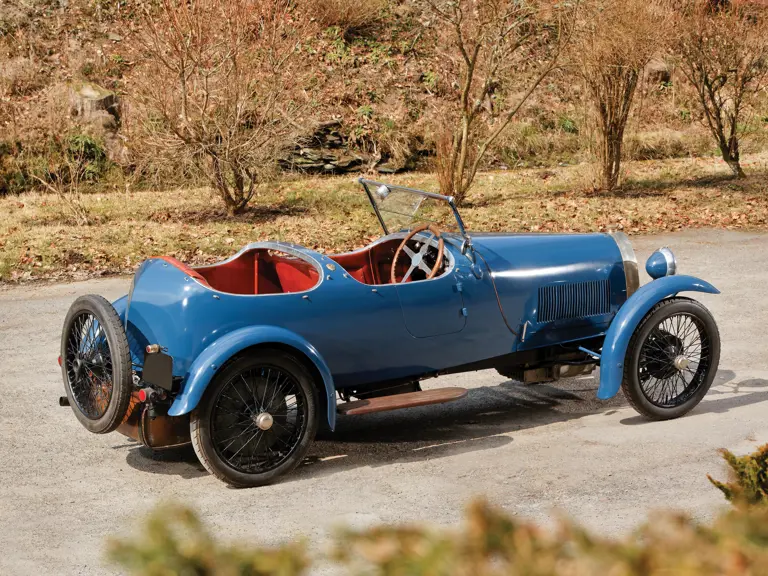
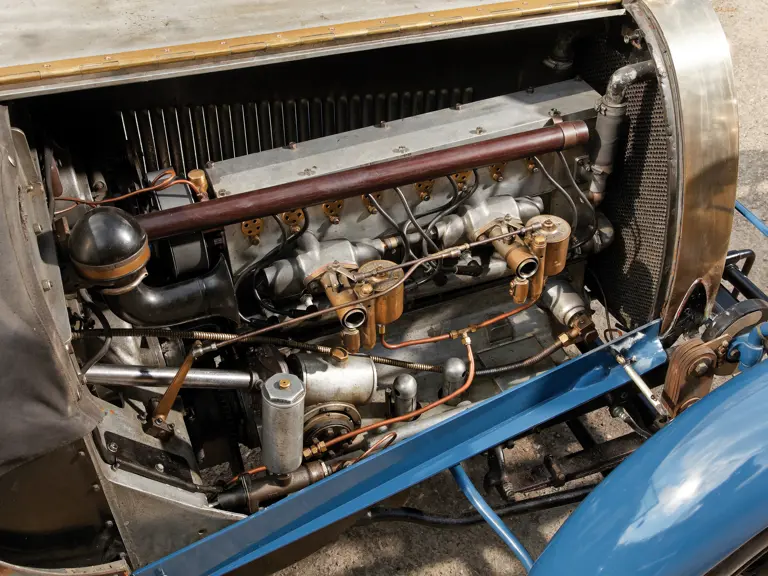
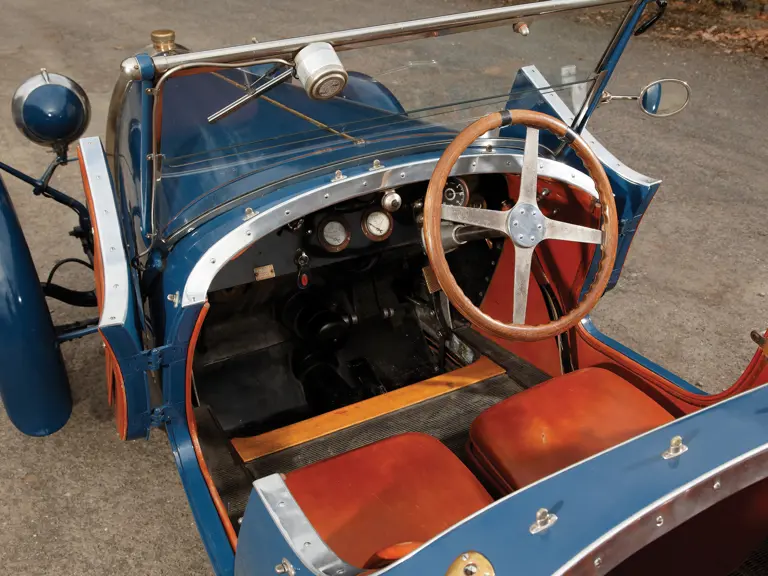
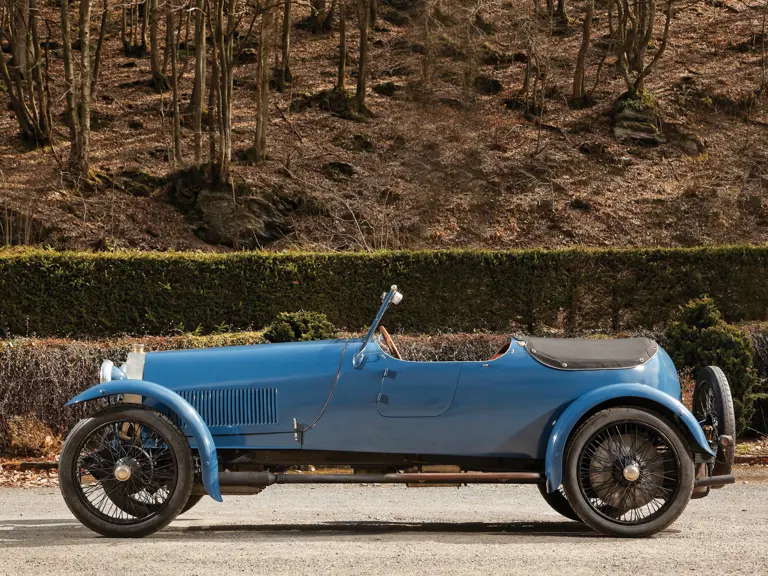

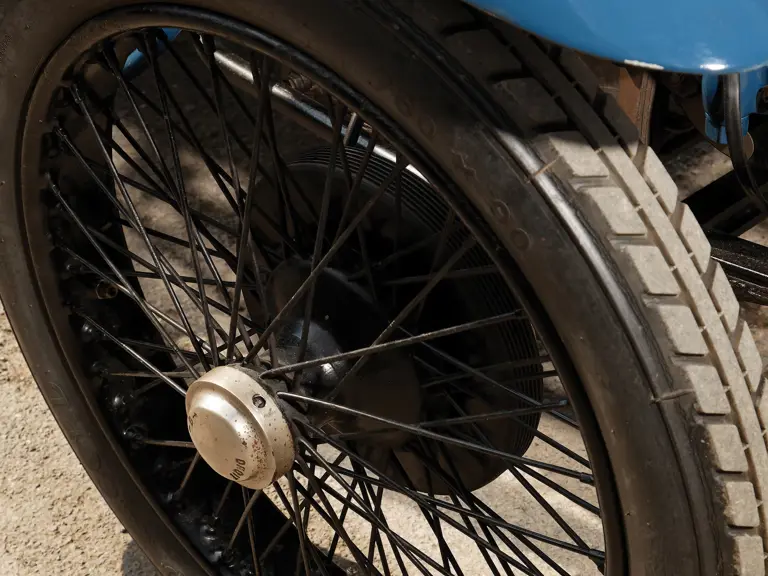

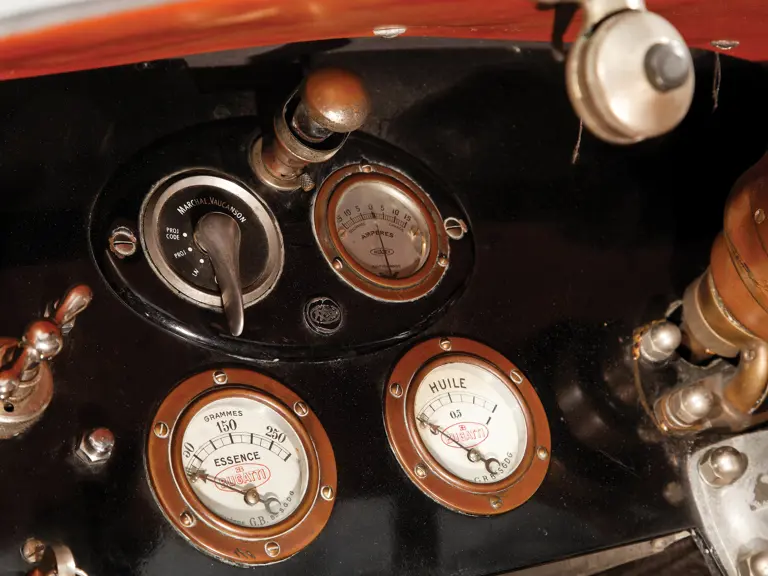
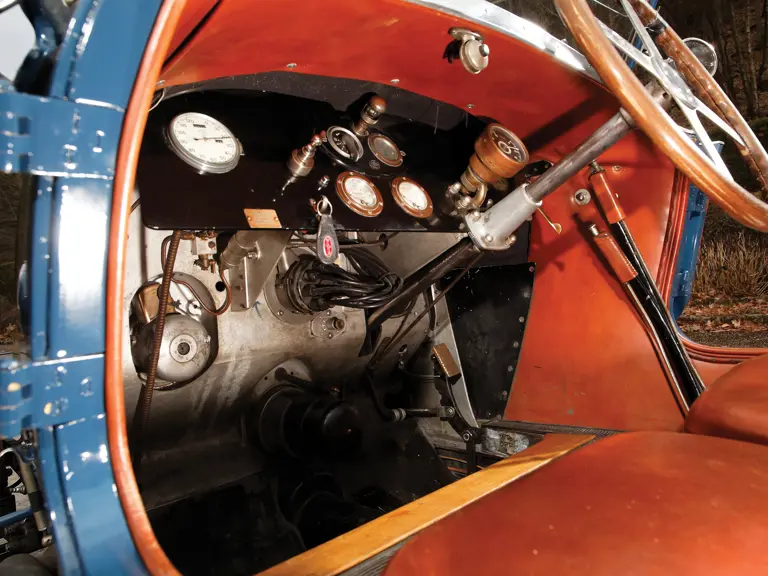
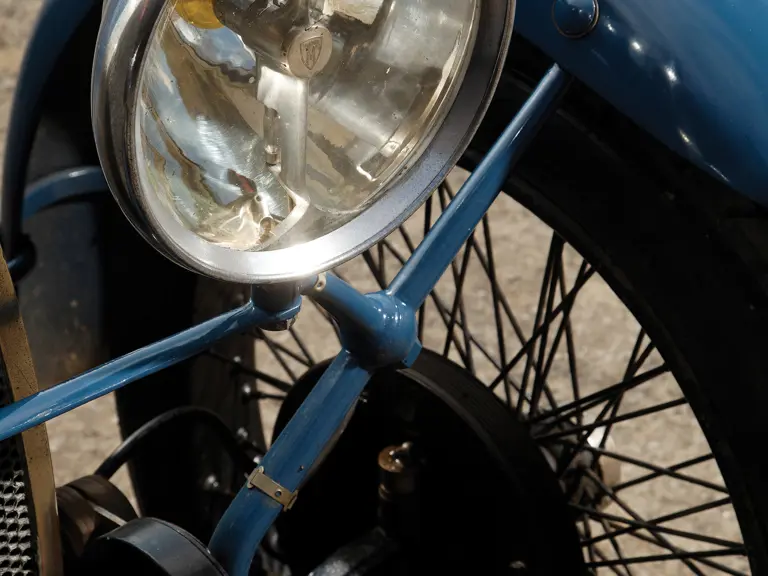
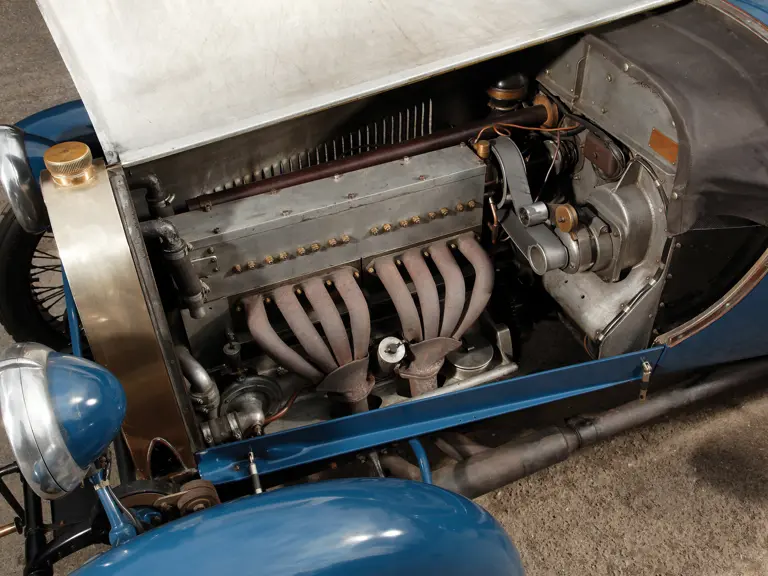
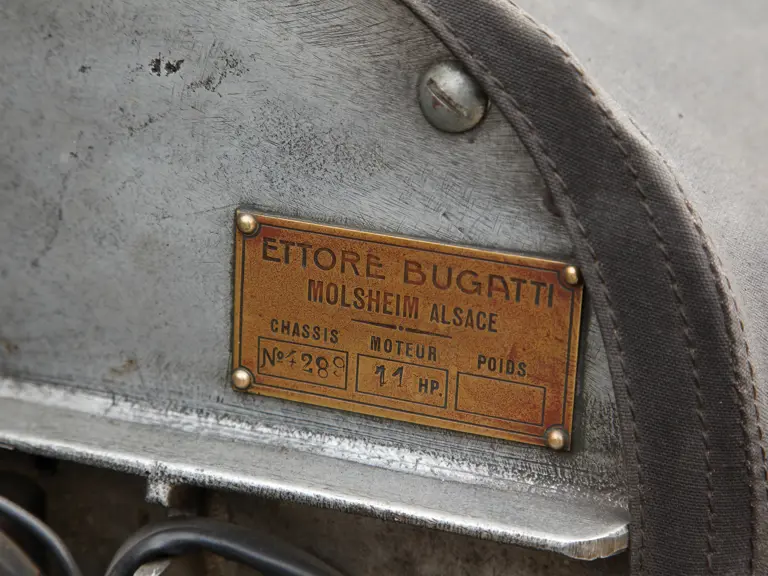
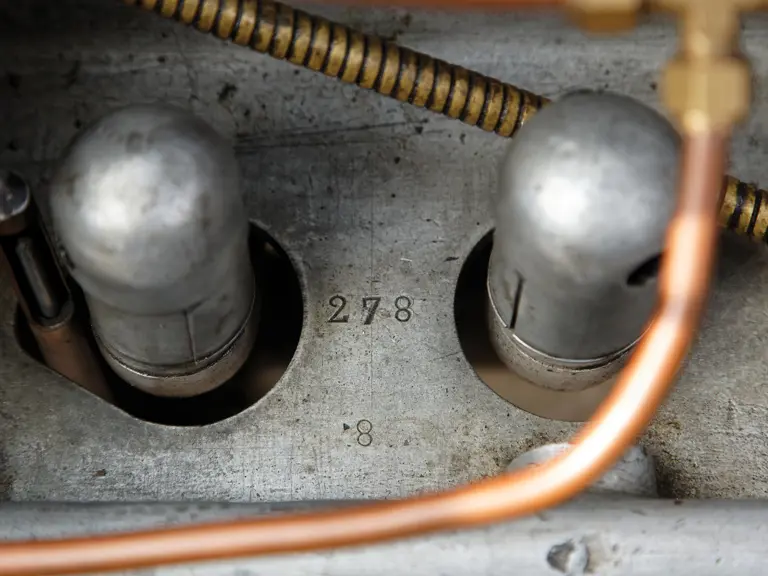
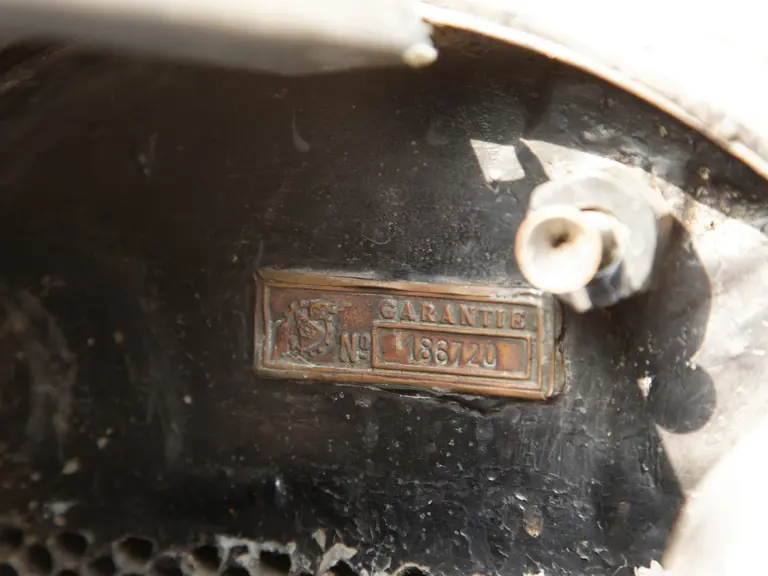
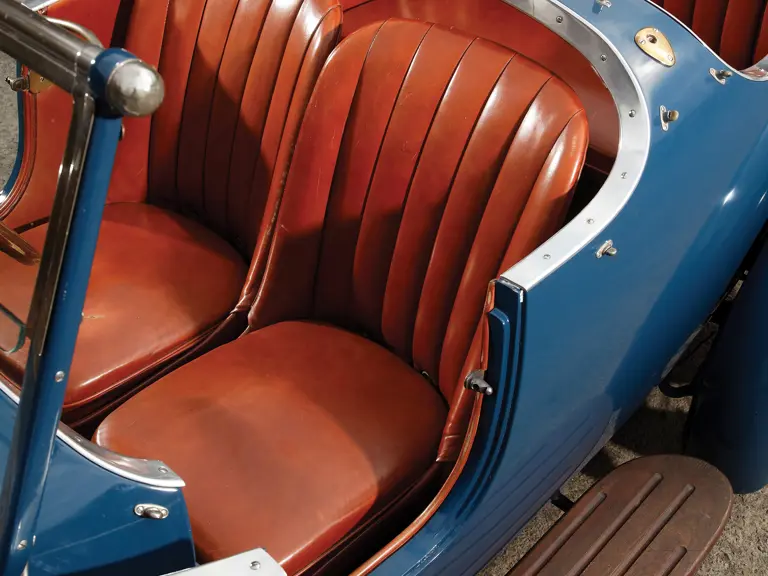
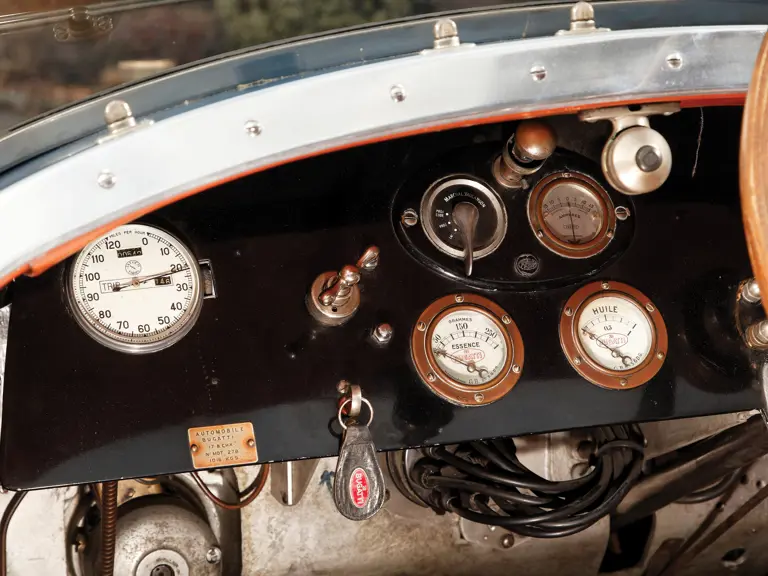
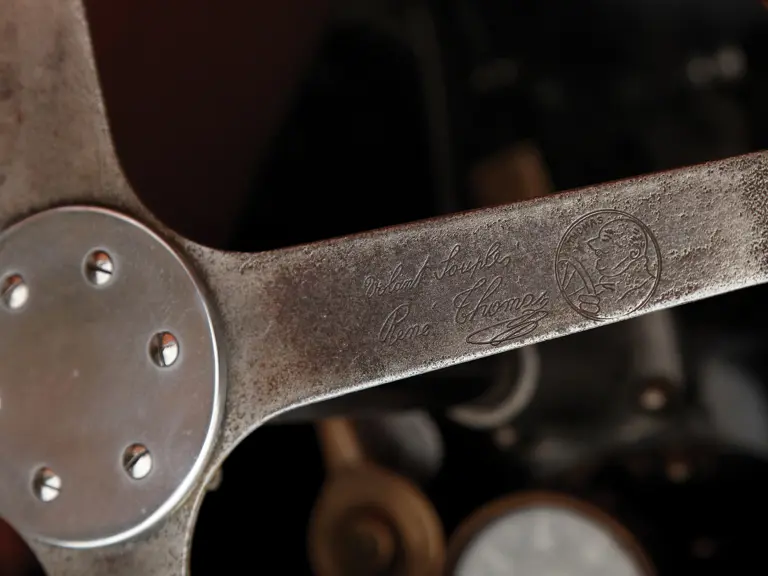
 | Cernobbio, Italy
| Cernobbio, Italy
